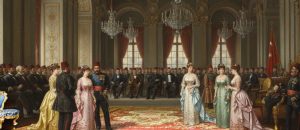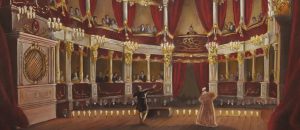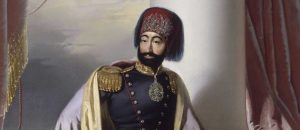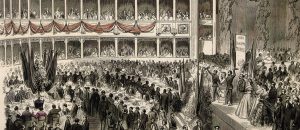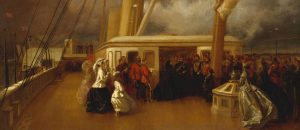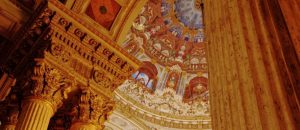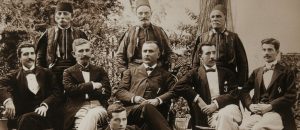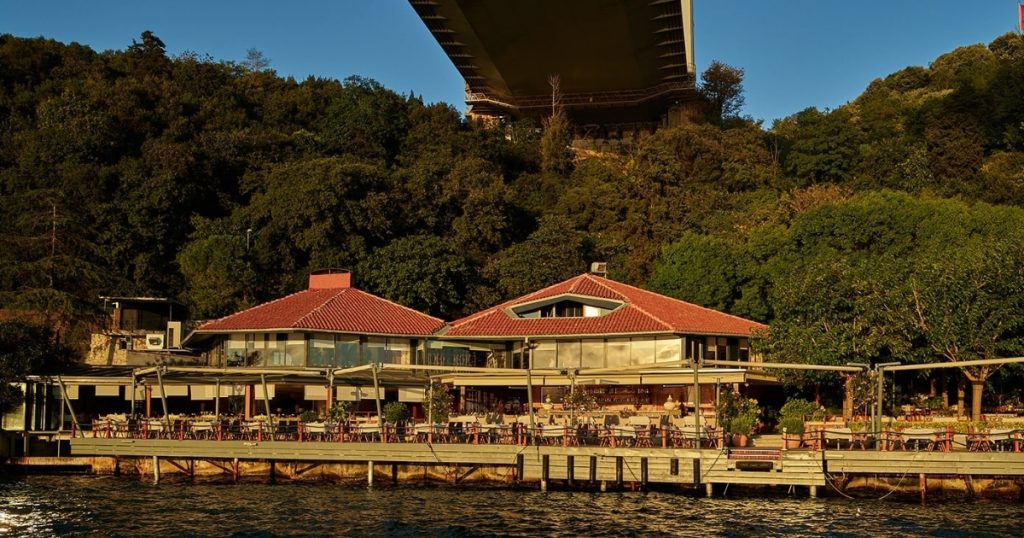The 1869 visit of Empress Eugénie de Montijo of France to Dolmabahçe Palace was not merely a state visit, but a fairytale-like encounter where East met West, tradition met modernity, and the mystery of the Harem met the elegance of Europe. The hosting of Empress Eugénie, one of the leading fashion icons and most powerful female leaders of the era, in Istanbul and particularly at Dolmabahçe, was the most brilliant public relations event through which the Ottomans showcased their Westernization project to the entire world. This visit instantly turned Dolmabahçe into Europe’s most favored diplomatic stage and elevated the palace’s international image to its zenith.
Life and culture in Dolmabahçe ->
The Strategy Behind a Visit: The Suez Canal and Image
The primary reason for Empress Eugénie’s visit was her attendance at the opening ceremony of the Suez Canal in Egypt. Her stop in Istanbul during this journey served both to reinforce the warm relations between France and the Ottoman Empire and as a return visit for [Link: Sultan Abdülaziz’s 1867 visit to Paris -> /avrupa-seyahati-ve-sanat-tutkusu-sultan-abdulazizin-dolmabahceyi-batinin-kultur-elcisine-donusturmesi]. For Sultan Abdülaziz, this visit was an invaluable opportunity to demonstrate his country’s modernization steps and hospitality to one of Europe’s most important figures. Dolmabahçe Palace was prepared as the main stage for this grand spectacle.
A Week in Dolmabahçe: The Pinnacle of Splendor and Luxury
During the week she spent in Istanbul, Empress Eugénie was hosted at Dolmabahçe Palace in a suite specially prepared and furnished for her. The visit was a series of magnificent events from start to finish:
- Grand Welcome: The Empress was received at the palace pier by Sultan Abdülaziz with the highest level of protocol. This reception was a demonstration of Dolmabahçe’s impeccably functioning state protocol ->
- Banquets and Balls at the Palace: At the banquets held in her honor, the most exquisite alafranga dishes were served, and the palace orchestra played the latest waltzes. Eugénie gave a symbolic image of how close Eastern and Western monarchies could become by dancing with the Sultan.
- The Harem Visit: A Historic Encounter: The most talked-about and historic moment of the visit was Empress Eugénie’s reception in the Harem by the Sultan’s mother, Pertevniyal Valide Sultan. This was the first time a European female sovereign was allowed to enter the most private area of the Ottoman Harem. Traditionally, no man other than the Sultan and princes was allowed into the Harem, but an exception was made for a female monarch. This event went down in history as a symbolic moment that parted the mysterious veil of the Harem and showed the changing face of the Dolmabahçe Harem ->
Effects on Istanbul and Paris Fashion
The visit of Empress Eugénie, known as the most stylish woman of her time, had a major impact on both the court ladies in Istanbul and fashion circles in Europe.
- “Eugénie Fashion” in Istanbul: The gowns, accessories, and hairstyles worn by Eugénie instantly started a fashion trend among the elite women of Istanbul. Her elegance further increased the interest of Ottoman women in Western fashion.
- “Turquerie” (Turkish Fashion) in Europe: Upon her return from Istanbul, the Empress sparked a new “Turquerie” trend in Paris with the Turkish-style shalwars, short embroidered jackets (cepkens), and jewelry she brought with her. Ottoman aesthetics became popular once again in European high society.
This cultural exchange demonstrates that the visit had not only a political but also a profound cultural impact.
When Paris Met Istanbul
In conclusion, Empress Eugénie’s visit to Dolmabahçe Palace represents the pinnacle of 19th-century Ottoman diplomacy and cultural public relations strategy. This visit placed Dolmabahçe under the international spotlight and showcased the modernizing, elegant, and hospitable face of the Ottomans to the entire world. The historic meeting in the Harem, in particular, was a symbolic moment where the mysterious world of the East met the curiosity of the West, and age-old taboos were broken. Eugénie’s one-week fairytale on the Bosphorus proved in the most brilliant way that Dolmabahçe was not just a palace, but also a bridge where civilizations met.







